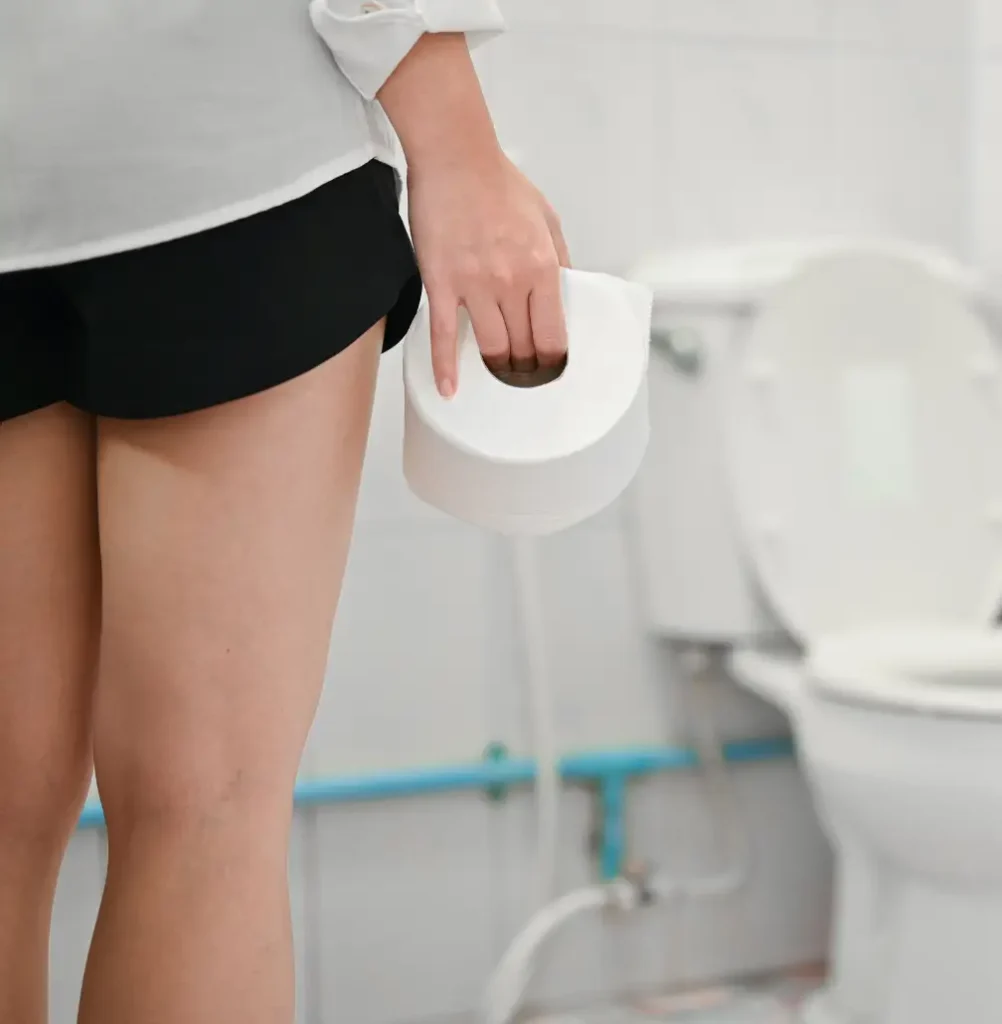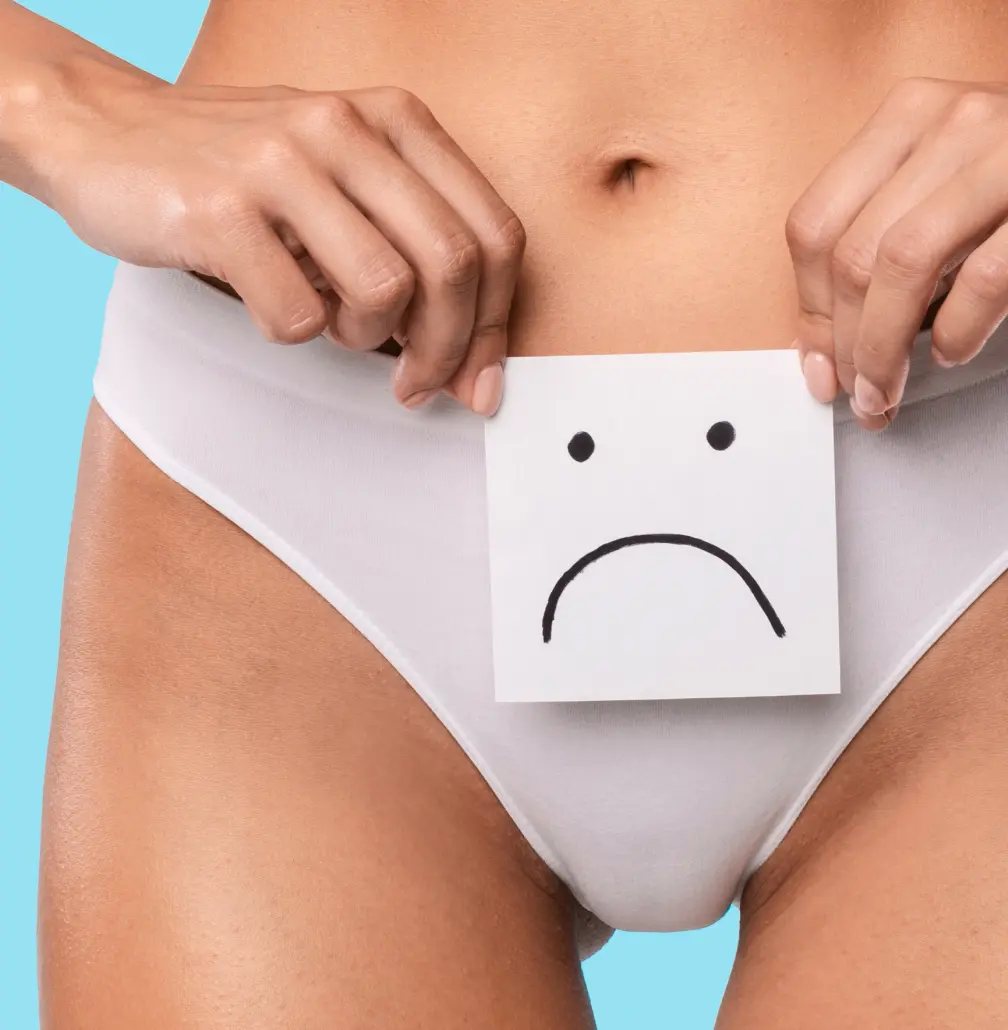Urinary incontinence is a medical condition in which a person experiences an involuntary loss of urine. It can manifest itself in different degrees, from small occasional losses up to a total inability to retain the urine. This injury can be caused by a variety of factors, such as weakness of the pelvic floor muscles, neurological disorders, aging, pregnancy, obesity, or previous surgery. Urinary incontinence can have a significant impact on the quality of life of those who suffer from it, but there are different treatment options, including exercises for strengthening the muscles of the pelvic floor, medications, and surgical procedures, which can help to improve or resolve the problem.




Urinary incontinence: Diagnosis and Treatment Explained
Diagnosis:
Urinary incontinence is a condition that affects many women, but it is treatable. Here's how it is diagnosed and treated urinary incontinence:
- Clinical History: It begins with a detailed conversation about your symptoms, urination patterns and triggers, such as coughing or sneezing.
- Physical Examination: Your physical therapist will perform a physical examination focused on the pelvic girdle and the pelvic floor in order to identify possible weaknesses or muscle control problems.
- Journal of Urination: You may be asked to keep a journal of urination to register your habits, urinary, and moments in which you experience incontinence.
- Specific Tests: In some cases, you can perform specific tests, such as urodynamics, to evaluate the function of the bladder and urinary control.
Treatment:
The treatment of urinary incontinence varies depending on the type and severity of the condition. Here we will explain to you the treatment options:
- Stress Urinary incontinence:
- Kegel exercises: Your physical therapist will teach you how Kegel exercises to strengthen the pelvic floor muscles and improve the control during activities that put pressure on the bladder.
- Changing Habits: You can receive advice on the management of fluids and avoid situations that trigger incontinence, such as the lifting of heavy objects.
- Urinary Urgency:
- Bladder training: You will learn techniques to delay the urgency to urinate and improve control.
- Behavioural Therapy (Cbt): Your physical therapist can recommend behavioural therapy (cbt), as the "bladder training," to help reduce the urgency and increase the interval between urination.
- Urinary Incontinence Mixed:
- Combined Approach: If you suffer from urinary incontinence, mixed-use combined strategies that address both stress incontinence as the urgency to urinate.
- Manual Therapy: Manual therapy can help to relax and strengthen the muscles of the pelvic floor according to the individual needs.
- Follow-up and Ongoing Support:
- Regular Follow Up: Your physical therapist will perform periodic follow-up to assess your progress and adjust the treatment as needed.
- Emotional Support: Urinary incontinence can be emotionally challenging, and your physical therapist will provide you with emotional support throughout the process of treatment.
Get an appointment.
Your health is our priority.
We are happy to help you. To schedule an appointment with us, please provide your contact information and availability in the form below.
We hope to serve you soon and work together on your journey toward a healthier life.
